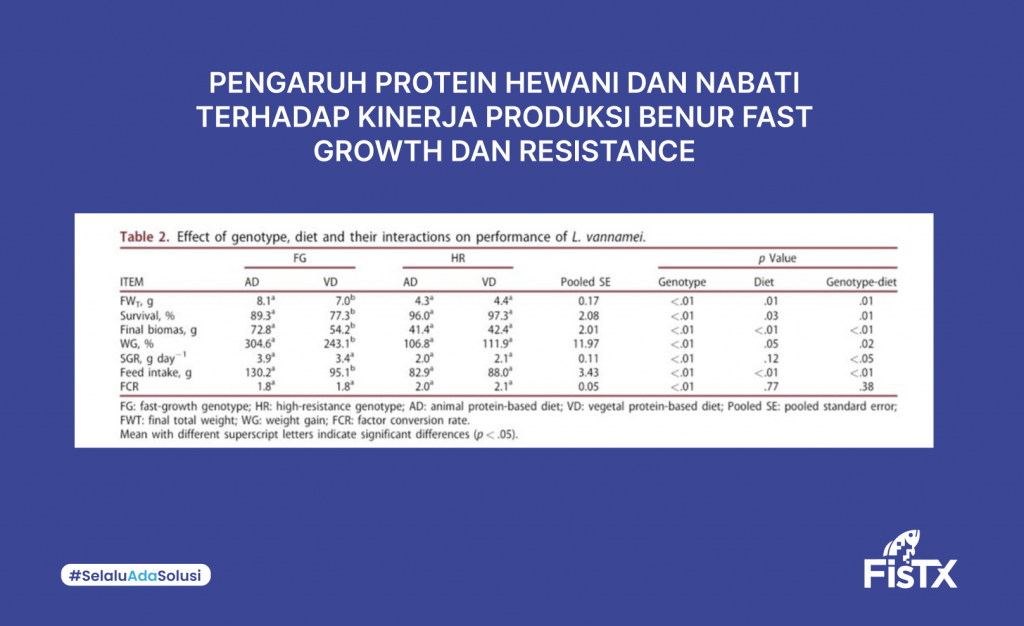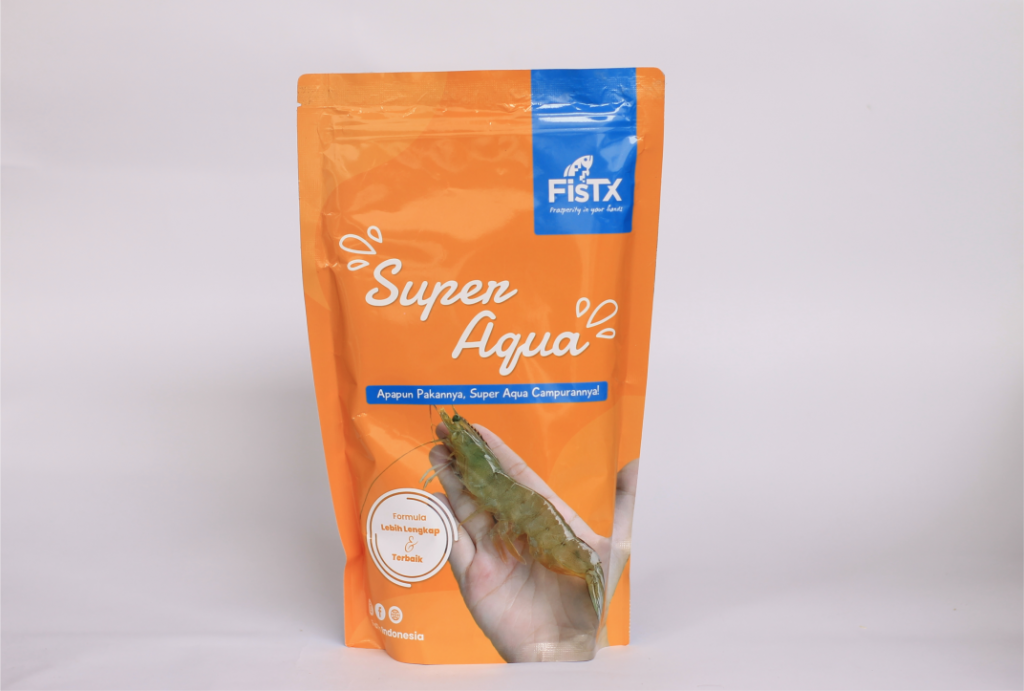
Wisely Choosing Shrimp Feed and Postlarvae Can Reduce Production Costs
In facing the issue of declining shrimp prices, awareness of high production costs is key to formulating sustainable solutions. Industry players need to understand the factors that contribute to increased production costs, including feed costs, which are the largest expense in aquaculture. Therefore, strategic actions need to be taken in shrimp farming to maintain profitability.
When choosing feed, it is important for farmers to know about the types and genetics of shrimp postlarvae used. Different postlarvae have different feeding habits. There are two common types of shrimp postlarvae, namely Fast Growth and Resistant.
Two Types of Shrimp Postlarvae: Fast Growth and Resistant
Fast Growth shrimp postlarvae have the advantage of rapid growth in Vannamei shrimp. With this growth characteristic, these postlarvae can provide optimal tonnage results. High growth rates are the key to maximizing harvest yields and overcoming market price declines.
On the other hand, Resistant postlarvae have the advantage of resistance compared to Fast Growth postlarvae, making them the preferred choice amidst shrimp market dynamics. Resistance to various environmental conditions and diseases helps maintain shrimp health, minimizing the risk of losses.
Understanding Feed Composition Variations

In general, shrimp have a digestive system capable of digesting protein. Protein is the main source of nutrition for shrimp growth. Supported by animal protein that can be digested more efficiently, this can support more optimal shrimp growth, especially for fast-growth postlarvae. In contrast, resistant postlarvae prioritize environmental and disease resistance. Therefore, plant-based protein is considered more optimal for resistant postlarvae. Plant-based protein can provide a balanced nutritional profile, including essential amino acids and other nutrients for shrimp health.
Animal protein feed is more expensive than plant-based protein feed. If shrimp farmers give the wrong feed to their shrimp, it will result in suboptimal digestion. For example, giving animal protein feed as a growth factor to resistant shrimp, which cannot digest protein optimally compared to fast-growth shrimp, and vice versa.

Regardless of the Postlarvae, Improve Feed Digestibility Using Feed Additive
Improving shrimp feed digestibility can be done by adding feed additives/mixtures. You can use SUPER AQUA as a feed additive for your mixture. SUPER AQUA contains trace minerals and multivitamins that can meet shrimp's mineral needs, maintain immunity, and improve shrimp metabolism.

If you have issues with shrimp farming, consult with FisTx for FREE. Contact us for more information!


